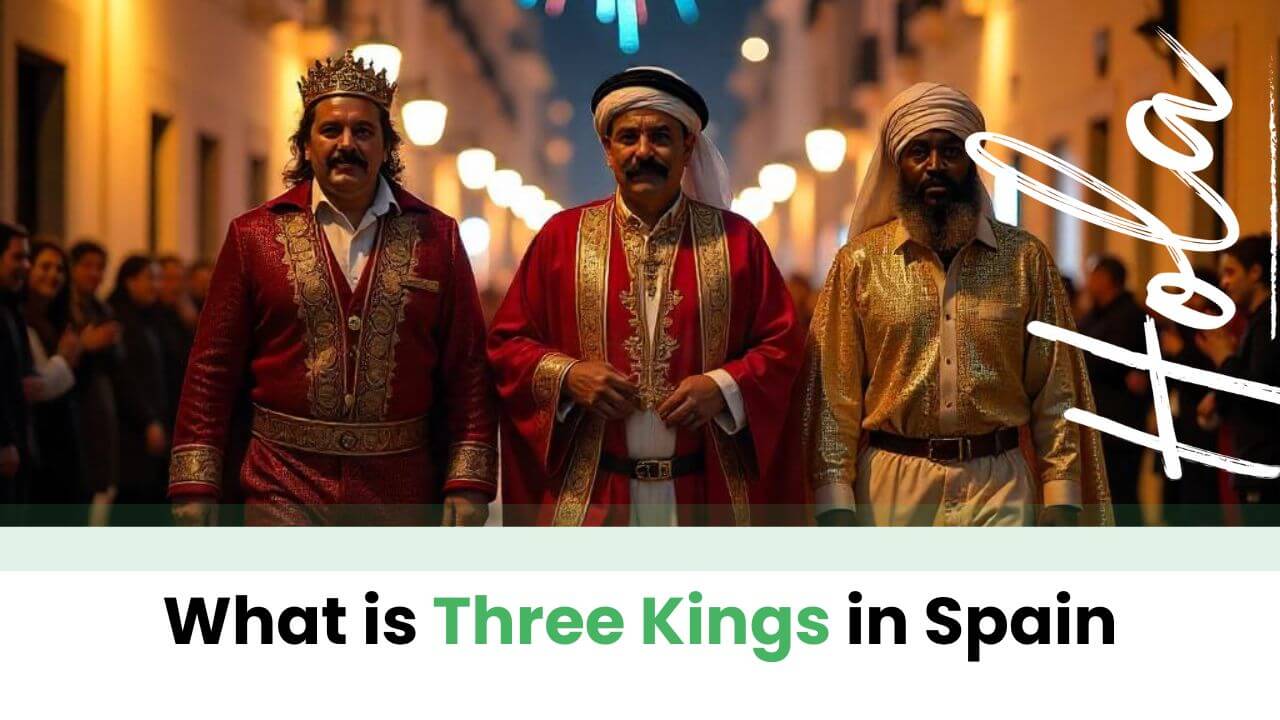As the festive season unfolds in Spain, anticipation builds not just for Christmas, but for one of the most cherished traditions: “El Día de los Reyes” or Three Kings’ Day. Celebrated on January 6th, this day holds special significance, especially in regions like Andalucía, encompassing the Costa Tropical and Granada province.
Understanding “El Día de los Reyes”
Rooted in the biblical tale, “El Día de los Reyes” commemorates the journey of the Three Wise Men—Melchior, Gaspar, and Balthazar—who traveled from distant lands to honor the newborn Jesus with gifts of gold, frankincense, and myrrh. In Spain, this narrative has evolved into a vibrant celebration, symbolizing the arrival of the Magi and the joy of gift-giving.
Why Is It Celebrated?
While many cultures emphasize December 25th for gift exchanges, Spain places significant importance on January 6th. This tradition reflects the Magi’s act of giving, with the Three Kings becoming the bearers of gifts for children. The festivities also mark the culmination of the Christmas season, blending religious reverence with communal joy.
What to Expect: Parades and Celebrations
The heart of the festivities lies in the “Cabalgata de los Reyes”, or Three Kings Parade, held on the evening of January 5th. Towns and cities across Andalucía, including those in the Costa Tropical and Granada province, come alive with:
- Vibrant Floats: Elaborate floats carry the Three Kings through streets, often accompanied by themes ranging from traditional nativity scenes to popular children’s characters.
- Music and Dance: Local bands, choirs, and dance troupes perform, infusing the air with festive melodies and rhythms.
- Candy Showers: The Kings and their attendants toss sweets into the crowds, delighting children and adults alike.
- Community Participation: Residents and visitors line the streets, sharing in the collective excitement and wonder.
In Granada city, the parade is particularly grand, with floats winding through historic streets, creating a mesmerizing blend of tradition and spectacle.
Traditions in Andalucía
Beyond the parades, several customs enrich the Three Kings’ celebrations:
- Letter Writing: In the days leading up to January 6th, children write letters to the Kings, detailing their good deeds and gift wishes.
- Roscón de Reyes: A special sweet bread, often adorned with candied fruits and sometimes filled with cream, is enjoyed by families. Hidden inside are small surprises: a figurine and a bean. Tradition holds that whoever finds the figurine is crowned “king” or “queen” of the celebration, while the one who discovers the bean is expected to buy next year’s roscón.
- Gift Exchanges: On the morning of January 6th, children awaken to find gifts left by the Three Kings, a moment filled with joy and excitement.
Experiencing the Festivities in Costa Tropical and Granada Province
For those residing in or visiting the Costa Tropical and Granada province, the Three Kings’ celebrations offer a unique glimpse into Spanish culture:
- Local Parades: Each town has its own version of the Cabalgata, reflecting local traditions and community spirit.
- Cultural Activities: Many areas host additional events, such as live nativity scenes, concerts, and markets, enhancing the festive atmosphere.
- Community Gatherings: The celebrations provide an opportunity to engage with neighbors and participate in shared traditions, fostering a sense of belonging.
A Time of Joy and Togetherness
“El Día de los Reyes” is more than a festive event; it’s a time that encapsulates the warmth, generosity, and communal spirit of Spanish culture. Whether you’re a long-time resident or new to Andalucía, participating in these celebrations offers a meaningful way to connect with local traditions and create lasting memories.
As the holiday season approaches, consider immersing yourself in the magic of the Three Kings’ festivities. From the enchanting parades to the delightful taste of roscón, it’s an experience that captures the heart and soul of Spain.




